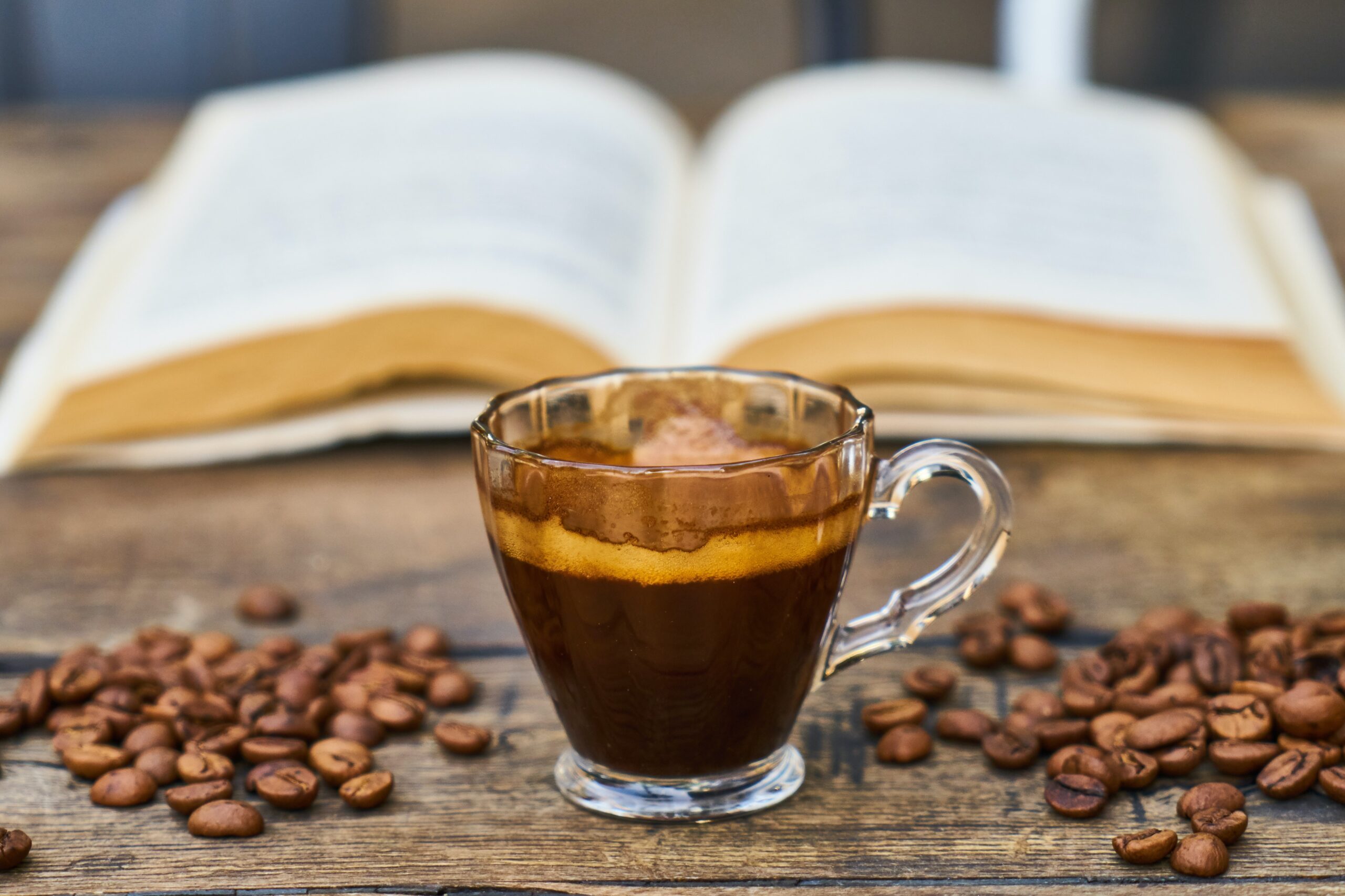
Brewing the best coffee means balancing various variables. Some of the things to consider are your brew recipe, method of brewing, the ratio of the water to coffee, and your roast profile.
Roasted coffee is generally divided into light, medium, and dark roasts. Everyone has the go-to roast profiles that they prefer as their brew recipe.
However, you may wonder about the difference between these three types of roasted coffee. How can you determine the best roast level for you? Read on to find out.
Light Roasted Coffee
Lightly roasted coffee makes known the most original character of various coffees. A lightly roasted coffee has a light brown color and no visible oil on the bean’s surface.
These coffees will have crisp acidity, others a mellow body, while others have bright, fruity, and floral flavors. Coffees that preserve and highlight the beans’ flavors’ origin are known as Light roasts. The rest are referred to as Cinnamon or Blonde roasts.
You can distinguish the taste of ultra-light roasted coffee as they have an unpleasant grassy and toasted grain taste. Moreover, you will experience longer acidity if you taste them. They also have the consistency and body like that of tea. This results from the insufficient roasting time and finishing roast at low temperatures. This prevents the beans from developing full flavors. The best light roast of the beans can only be achieved by giving them more time in the roast to allow them to develop flavors fully.
Many people think that Light roasts do not have much coffee like darker and bolder counterparts. However, this is not the truth since caffeine slowly cooks out of a coffee bean as it roasts. Therefore, since lightly roasted beans do not cook for much time and need low temperatures, they retain a lot of caffeine from that original green coffee bean.
Medium Roasts
Medium roast coffee has a medium brown color. Their surface is not oily. Their acidity and body are medium, and the flavor profile is well-rounded and balanced. When beans are roasted to this level, they preserve most of the unique flavors of the coffee’s origin and bring out the beans’ deep caramel goodness.
These types of coffee are commonly known as Medium, American, or City Roast. Medium roasts have a subtle natural sweetness and are perfect for drip coffee brew or a French press where brewing them for a long time will allow the beans to retain much of their flavors.
Dark Roast
Dark roast coffee is usually dark brown and almost black. It also has an oily surface with low acidity and a heavy body. The coffee gives out deeper and darker flavors of the coffee. However, most coffees roasted up to this level do not have many of their original properties left.
Some of the flavors you will find for a dark roast include chocolatey, nutty, and caramel. This roast level pronounces the flavors and aromas of the coffee. Its taste can be a bit smokey, and these types of coffee are commonly known as Full-City, Vienna, French Roast, or Italian Roast.
For a coffee to be considered dark, beans must roast to a temperature of 440º and higher or until they crack for the second time. If the beans are left to roast for more than 465º, the coffee starts to taste like burnt wood or charcoal.
As you determine your roast level, remember that the longer the coffee is in contact with water, the more time it will take to extract. This will help you determine a brewing method. You may also tweak a technique in your brewing method to allow for a longer or short brewing time. For instance, you can pour water more slowly as you make filter coffee or let your French press sit for longer before you serve.
Conclusion
Coffee roasts have varying taste and smell depending on the roast level. The three primary roast levels include light, medium roast, and dark. The three levels determine how the coffee will taste and whether you will get the origin flavor. Understanding your roast level will help make your coffee drinking experience better. You will also learn how to brew the best cup for yourself.

